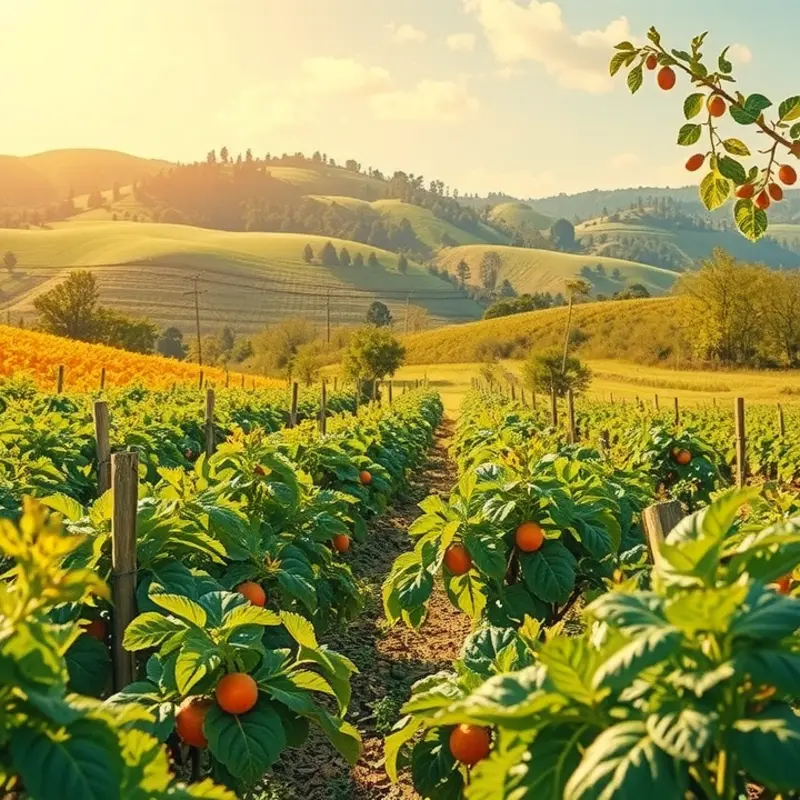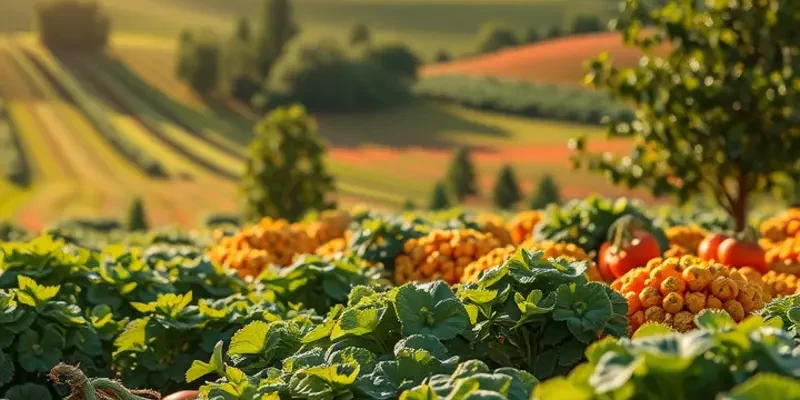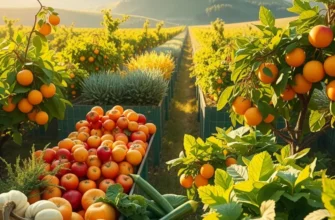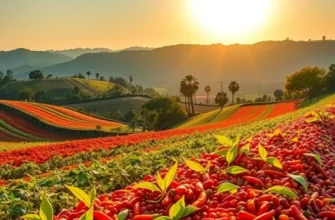Migration has long been a powerful catalyst for culinary evolution. As people move, they bring their unique traditions, spices, and cooking techniques, creating vibrant new cuisines. This tapestry of flavors tells stories of resilience, adaptation, and cultural exchange. The influence of migration on food culture is a narrative filled with discovery and inspiration, inviting food enthusiasts to explore broader culinary horizons. Let’s delve into how these migrations have shaped our plates and palates around the world.
The Exchange of Flavors: Migration and Culinary Fusion

Migration has always been a powerful catalyst for culinary innovation. As people cross borders, they bring along not only belongings but also their cherished culinary traditions. The meeting of diverse cultural backgrounds leads to a fascinating fusion of flavors, enriching local cuisines in ways that are sometimes unexpected but always delectable.
One prominent historical example is the Silk Road, an ancient network of trade routes connecting the East and West. This exchange brought spices from the Orient to Europe, profoundly impacting their culinary landscape. The introduction of exotic flavors, such as cinnamon and nutmeg, revolutionized European cooking, integrating a burst of new aromas and tastes into traditional recipes.
The spread of portuguese cuisine during their global voyages stands as another testament to migration-induced culinary fusion. Elements like chili peppers, which originated in the Americas, became integral to many Asian cuisines, such as Indian and Thai. Not only did ingredients travel, but so did cooking techniques. The method of curry-making is a brilliant blend of Indian spices with techniques introduced by colonizing powers, creating a unique cultural tapestry.
In the modern era, migration continues to shape and redefine food cultures globally. For example, Los Angeles, a melting pot of cultures, sees a delightful fusion of Korean and Mexican cuisines. Korean BBQ tacos, a product of this blend, underscore the creativity sparked when diverse culinary practices coalesce.
Similarly, Middle Eastern cuisine’s integration into Western countries has enhanced palettes with rich flavors and textures. The use of tahini, za’atar, and sumac is increasingly popular in European dishes, adding a new layer of taste that many have come to relish.
The evolving nature of global cuisines highlights the significance of migration as a force for culinary enrichment. As people continue to move across borders, new combinations will undoubtedly emerge, forging a rich and dynamic food culture that honors its multicultural roots.
For those looking to explore spice blends accessible from different culinary traditions, considering some alternatives may aid in flavorful cooking. Check out this guide on how to boost flavors without relying heavily on salt.
The journey of flavors through migration not only satisfies the palate but also bridges cultures. It tells a story of tradition, adaptation, and innovation—a testament to how human movement enriches communities worldwide.
Global Culinary Narratives: Migration’s Influence on Local Cuisines

Migration weaves a complex tapestry of flavors across the global culinary landscape. The narratives born from these journeys echo in the kitchens of both emigrant and host communities, crafting a rich mosaic of food identities. An exploration of Irish cuisine’s evolution upon reaching American shores reveals profound changes. The Irish diaspora brought with them a rich tradition of hearty meals. In Ireland, beef was scarce and largely exported, reserved for the wealthy. However, in America, Irish immigrants found corned beef more accessible and affordable. This led to the creation of iconic dishes like corned beef and cabbage, embodying a blend of cultural preservation and adaptation.
The story of Caribbean cuisine is equally rich. African slaves and Indigenous populations contributed significantly to the vibrant flavor profiles we associate with the region today. Dishes like jerk chicken and callaloo trace back to a melding of African cooking techniques and local ingredients like scotch bonnet peppers and callaloo leaves. The maroons, descendants of runaway slaves, played a critical role in preserving these unique cooking methods, which were then diffused into mainstream Caribbean cuisine over generations.
These culinary evolutions do not merely result from survival or necessity. Instead, they form intentional narratives that symbolize identity and belonging. Mexican cuisine in the southwestern United States highlights further culinary fusion. The introduction of ingredients like chilies, corn, and beans blended with more European style ingredients such as cheese and beef, gave birth to what we now recognize as Tex-Mex. This synthesis exemplifies how culinary practices adapt to new environments without losing their cultural essence.
Understanding these culinary narratives necessitates recognizing food as more than sustenance. For migratory communities, food constitutes a connection to heritage and a tool for storytelling. It serves as a bridge between the familiar past and the untold possibilities of a new world. Migration enables the creation of dishes that bind people across borders, crafting not only new recipes but shared stories.
Food’s power as a cultural connector is underpinned by its ability to convey history through smell, flavor, and texture. A bowl of pho is not merely a Vietnamese noodle soup; it is a narrative of resilience and change, crafted from the influences of French colonizers. The French introduction of broths in Vietnamese cooking evolved into the aromatic pho we relish today.
For further exploration of these global culinary influences, one can look into culinary influences through trade. Trade, like migration, plays a transformative role in shaping what ends up on our plates. Understanding these dynamics enhances our appreciation for each culinary creation’s depth.
Ultimately, the narratives intertwined within these culinary transformations echo wider themes of cultural exchange and adaptation. By embracing these stories, we enrich our understanding of food as an integral part of cultural identity, bridging differences and celebrating diversity. These culinary exchanges offer more than a meal; they present a narrative journey shared through bites across cultures.
Final words
The culinary influence of migration reveals a profound tapestry of culture, history, and resilience. Each bite of food serves as a reminder of the shared journeys of people across the globe who exchanged not just recipes but also stories, emotions, and traditions. As food enthusiasts and culturally-curious readers, exploring these cuisines allows us to appreciate the rich diversity of human experience that shapes our culinary landscape. So, the next time you enjoy a meal that incorporates spices from India or the flavors of Middle Eastern cuisine, remember the long and winding journey that brought that dish to your plate. Each meal is a celebration of history, connection, and the enduring tapestry of migration.








